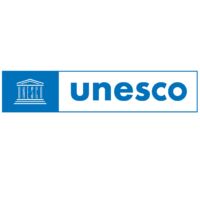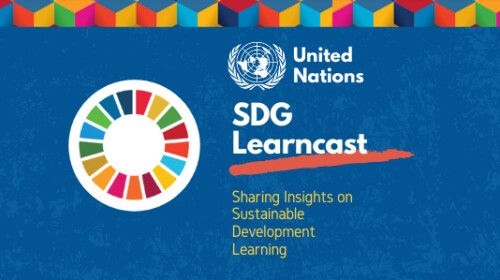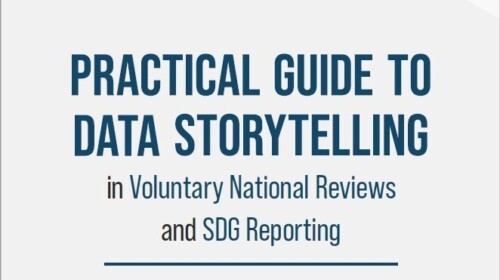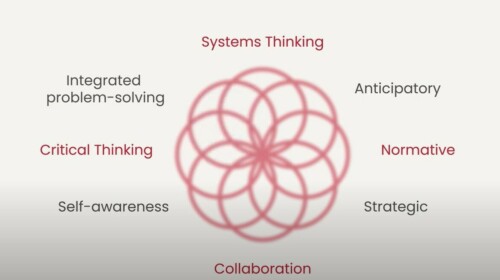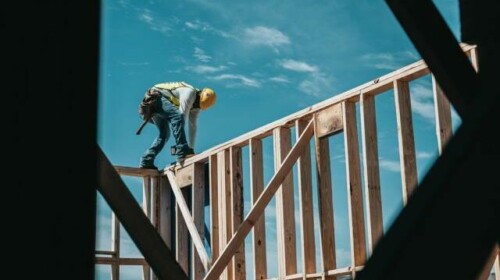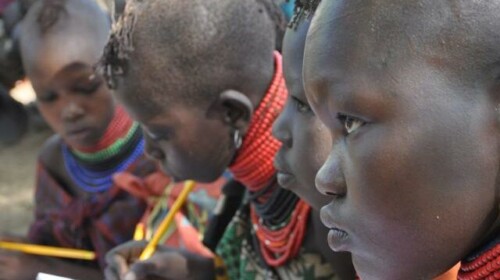How is intangible cultural heritage – or ‘living heritage’ – related to sustainable development? How is it relevant for addressing today’s development challenges in areas such as health, education, gender, natural disasters and conflict? Why is it important to keep this heritage alive? Communities around the world are transmitting their living heritage, which gives meaning to their lives, strengthens resilience, and contributes to their well-being. In this way intangible cultural heritage and sustainable development are closely linked. The international community made a commitment to safeguarding living heritage when it adopted the Convention for the Safeguarding of the Intangible Cultural Heritage in 2003 and it set itself ambitious goals by adopting the 2030 Agenda for Sustainable Development. This course helps to understand the connections between the two.
By taking this course students and other interested learners and professionals will gain a better understanding of intangible cultural heritage and its relationships with sustainable development, exploring examples and experiences of communities from around the world.
By joining the course learners are invited to rethink development from a culture perspective!
Target Audience
- Anyone new to the concept of intangible cultural heritage who wants to understand what intangible cultural heritage is, why it is important to people’s wellbeing and what role it plays in the lives of people, including young people;
- Graduate students and advanced undergraduate students interested in the key concepts and practices of sustainability and global issues;
- Key actors engaged in the field of sustainable development at a local, regional or international level , including those who work in corporate sustainability and responsibility and who want to understand the relationship between intangible cultural heritage and sustainable development;
- Practitioners and professionals engaged in living heritage safeguarding , who want to refresh their knowledge on the key concepts of safeguarding of intangible cultural heritage and want to learn more about the relationship between living heritage and sustainable development.
Learning Objectives
- Knowledge about living heritage and the 2003 Convention for the Safeguarding of the Intangible Cultural Heritage;
- The role of communities in keeping their heritage alive;
- The relationship between intangible cultural heritage safeguarding and relevant development areas such as gender equality, cultural diversity and creativity, education, health, income generation and natural disasters and peacebuilding;
- The interdependence between the safeguarding of living heritage and sustainable development;
- Communities’ experiences of safeguarding their living heritage for sustainable development in diverse cultural contexts.


